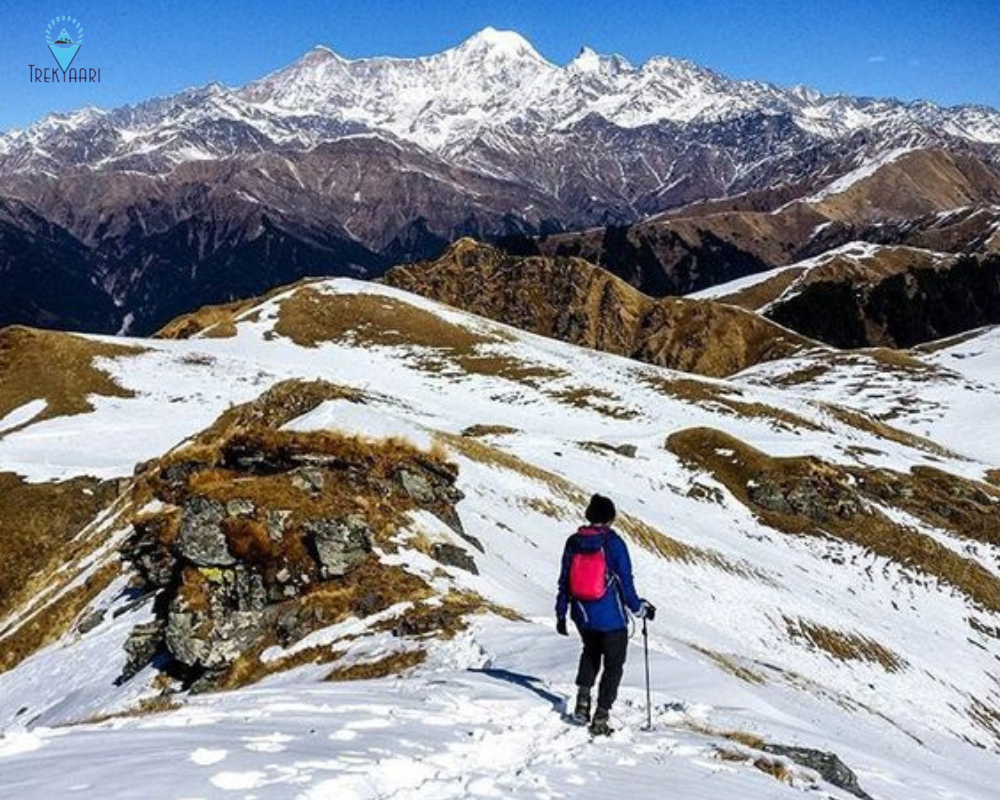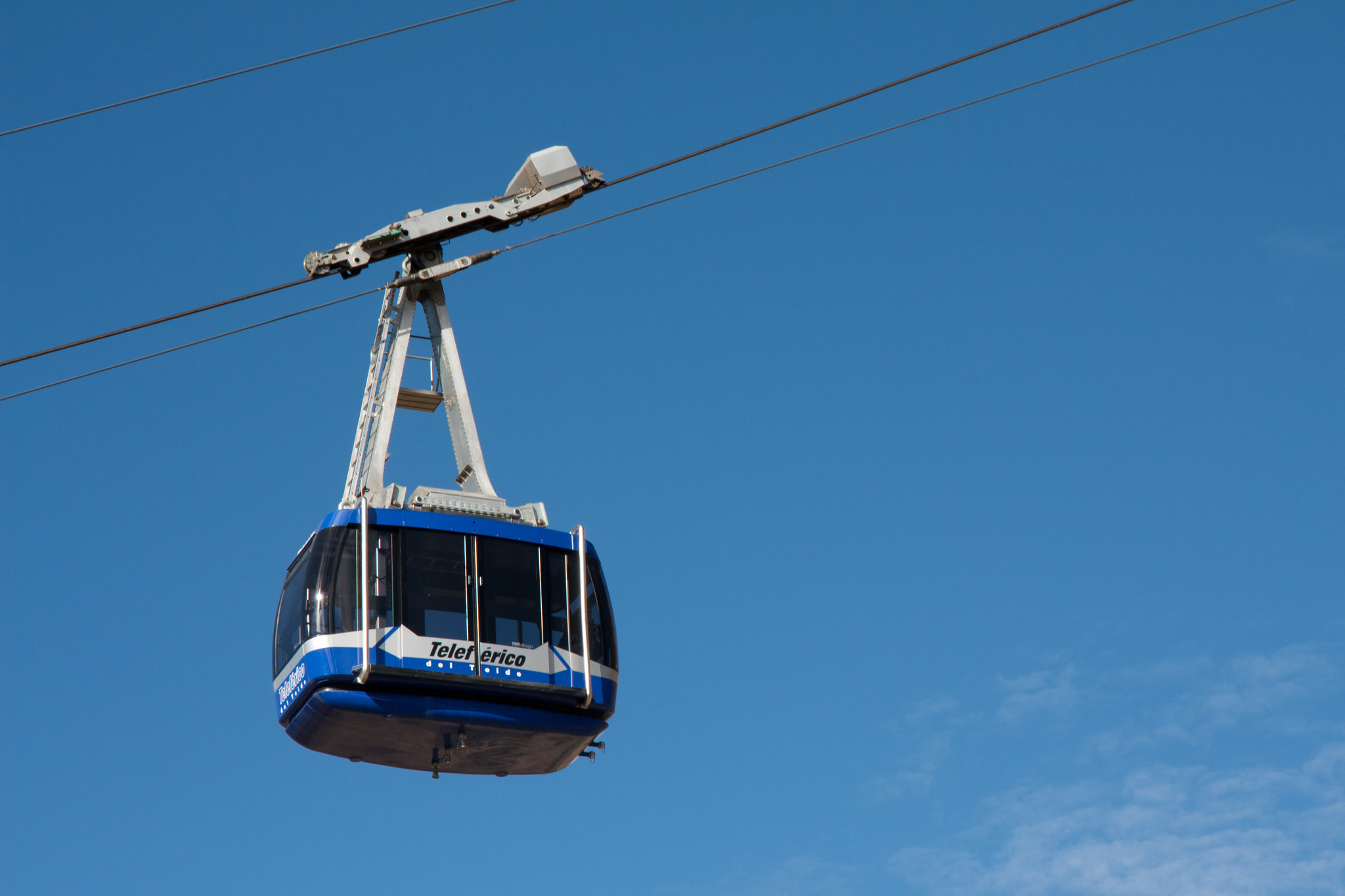Embarking on the Hampta Pass Trek is an exhilarating experience that offers a mix of stunning landscapes, challenging trails, and the thrill of crossing a high-altitude pass. This trek, located in the Indian state of Himachal Pradesh, is a favorite among adventure enthusiasts. The trail takes you from the lush greenery of Kullu Valley to the arid desert of Lahaul, offering a unique contrast that is hard to find elsewhere. However, one of the biggest challenges that trekkers face on this journey is dealing with the altitude. As you ascend, the air gets thinner, and the risk of altitude sickness increases. Understanding how to cope with the altitude is crucial for a safe and enjoyable trekking experience. In this article, we will explore various strategies to help you deal with altitude on the Hampta Pass Trek.
Understanding Altitude and Its Effects
What is High Altitude?
High altitude is typically defined as an elevation of 8,000 feet (2,400 meters) or higher above sea level. The Hampta Pass sits at an altitude of approximately 14,100 feet (4,300 meters), which places it well within the high-altitude category. As you climb higher, the air pressure decreases, leading to lower oxygen levels, which can affect your body in various ways.
Common Symptoms of Altitude Sickness
Altitude sickness, also known as Acute Mountain Sickness (AMS), can occur when your body struggles to adapt to the lower oxygen levels at high altitudes. Common symptoms include:
- Headache
- Nausea and vomiting
- Dizziness
- Fatigue
- Shortness of breath
- Loss of appetite
- Insomnia
These symptoms can range from mild to severe and, in extreme cases, can lead to life-threatening conditions like High Altitude Pulmonary Edema (HAPE) or High Altitude Cerebral Edema (HACE).
Preparing for the Hampta Pass Trek
Physical Fitness and Training
Before embarking on the Hampta Pass Trek, it’s essential to be in good physical shape. The trek involves long hours of walking, steep ascents, and rugged terrain. To prepare your body for the challenges of high altitude, start training at least two to three months in advance. Focus on cardiovascular exercises like running, cycling, and swimming to improve your lung capacity. Strength training, particularly for your legs and core, will help you navigate the uneven trails with ease.
Acclimatization
One of the most effective ways to prevent altitude sickness is through proper acclimatization. This process involves gradually exposing your body to higher altitudes to allow it to adapt. On the Hampta Pass Trek, it’s advisable to spend a day or two in Manali or Jobra (the base camp) before starting the trek. This will give your body time to adjust to the change in altitude before you begin the ascent.
During the Trek: Best Practices for Altitude Management
Pacing Yourself
The key to a successful high-altitude trek is to maintain a slow and steady pace. It’s tempting to push yourself, especially when you’re full of energy at the start of the trek, but this can lead to exhaustion and increase the risk of altitude sickness. Listen to your body and take breaks as needed. Remember, the goal is not just to reach the summit but to do so safely.
Stay Hydrated
Dehydration can exacerbate the symptoms of altitude sickness, so it’s crucial to drink plenty of water throughout the trek. The cold, dry air at high altitudes can cause you to lose fluids more quickly, even if you’re not sweating much. Aim to drink at least 3-4 liters of water a day. Herbal teas and soups are also good options for staying hydrated and warm.
Balanced Nutrition
Your diet plays a significant role in how well your body copes with altitude. On the Hampta Pass Trek, ensure you consume a balanced diet rich in carbohydrates. Carbohydrates are a great source of energy and can help maintain your stamina during long days on the trail. Avoid heavy, fatty foods that can slow you down, and instead opt for light, easily digestible meals. Carry energy bars, nuts, and dried fruits for quick snacks that can boost your energy levels.
Avoid Alcohol and Smoking
Both alcohol and smoking can negatively impact your body’s ability to adapt to high altitudes. Alcohol is a diuretic, which can lead to dehydration, while smoking reduces oxygen intake, which is already compromised at high altitudes. It’s best to avoid both during the trek to reduce the risk of altitude sickness.
Understanding the Route: Key Points on the Hampta Pass Trek
Manali to Jobra (9,800 feet)
The trek typically starts from Manali, where trekkers drive to Jobra, the starting point of the trek. At this altitude, you might begin to feel a slight difference in the air pressure, but it’s a gentle introduction to what’s to come.
Jobra to Chika (10,100 feet)
This part of the trek is relatively easy, with a gradual ascent through forests of pine, maple, and birch. The altitude gain is minimal, allowing your body to continue acclimatizing.
Chika to Balu Ka Ghera (11,900 feet)
As you move from Chika to Balu Ka Ghera, the terrain starts to change, and the altitude gain becomes more noticeable. It’s important to continue pacing yourself and stay hydrated.
Balu Ka Ghera to Shea Goru via Hampta Pass (14,100 feet)
This is the most challenging part of the trek, where you cross the Hampta Pass. The steep ascent and thin air make it crucial to move slowly and steadily. The sense of accomplishment upon reaching the pass is immense, but it’s important to remember that the descent to Shea Goru can be equally taxing.
Shea Goru to Chatru (10,900 feet)
The descent towards Chatru offers some relief in terms of altitude, but the terrain is still challenging. By this point, your body should be well-adjusted to the altitude, but continue to monitor for any symptoms of altitude sickness.
Recognizing and Responding to Altitude Sickness
Monitoring Your Health
Even with the best preparation, altitude sickness can still occur. It’s important to regularly monitor your health and that of your fellow trekkers. If you start to experience symptoms like persistent headaches, nausea, or extreme fatigue, it’s essential to take action immediately.
Descending to Lower Altitudes
The most effective treatment for altitude sickness is to descend to a lower altitude. If symptoms persist or worsen, do not attempt to push through it. Descend to the last camp or a safer, lower location. On the Hampta Pass Trek, there are several points where you can descend quickly if necessary.
Using Medication
Medications like Diamox (Acetazolamide) can help prevent and reduce the severity of altitude sickness. However, it should be taken as a preventive measure before symptoms occur and under the guidance of a doctor. It’s also important to carry other essential medications, like pain relievers, anti-nausea drugs, and antibiotics, in case of emergencies.
Mental Preparation and Resilience
Staying Positive
The mental aspect of high-altitude trekking is often underestimated. The Hampta Pass Trek can be mentally challenging, especially when dealing with physical discomfort. Keeping a positive attitude and focusing on the stunning beauty around you can help you push through difficult moments.
Visualization and Breathing Techniques
Visualization techniques can be powerful tools for overcoming the mental challenges of high-altitude trekking. Picture yourself successfully crossing the pass and celebrating your achievement at the end of the trek. Additionally, practicing deep breathing techniques can help calm your nerves and improve oxygen intake, making it easier to manage the thin air.
Gear and Equipment for High Altitude
Proper Clothing
Layering is key when trekking at high altitudes. The weather on the Hampta Pass Trek can change rapidly, so it’s important to be prepared for both warm and cold conditions. Start with moisture-wicking base layers, add insulating layers for warmth, and top it off with a waterproof and windproof outer layer. Don’t forget a good quality hat and gloves to protect against the cold.
Sleeping Gear
A good night’s sleep is crucial for recovery at high altitudes. Ensure that your sleeping bag is rated for temperatures below freezing, as nights at high altitudes can get extremely cold. A sleeping mat is also essential to insulate against the cold ground and provide comfort.
Trekking Poles
Trekking poles can be invaluable on the Hampta Pass Trek, especially during steep ascents and descents. They help maintain balance, reduce the strain on your legs, and can be a great support when the going gets tough.
Post-Trek Recovery
Gradual Return to Lower Altitudes
After completing the Hampta Pass Trek, it’s important to return to lower altitudes gradually. This helps your body readjust to normal oxygen levels and reduces the risk of post-trek altitude-related complications.
Hydration and Nutrition
Continue to stay hydrated and consume a balanced diet even after the trek. Your body needs nutrients to recover from the physical exertion and to replenish energy reserves.
Rest and Relaxation
Finally, give yourself time to rest and relax after the trek. The Hampta Pass is a challenging trek that takes a toll on your body, so it’s important to allow time for recovery before jumping back into your regular routine.
Conclusion
The Hampta Pass Trek is a remarkable adventure that rewards trekkers with some of the most breathtaking landscapes in the Himalayas. However, the challenge of dealing with high altitude is real and should not be taken lightly. By understanding the effects of altitude, preparing both physically and mentally, and taking the necessary precautions during the trek, you can greatly reduce the risk of altitude sickness and ensure a safe and enjoyable experience. Remember, the journey is just as important as the destination, so take your time, pace yourself, and soak in the beauty that surrounds you.




